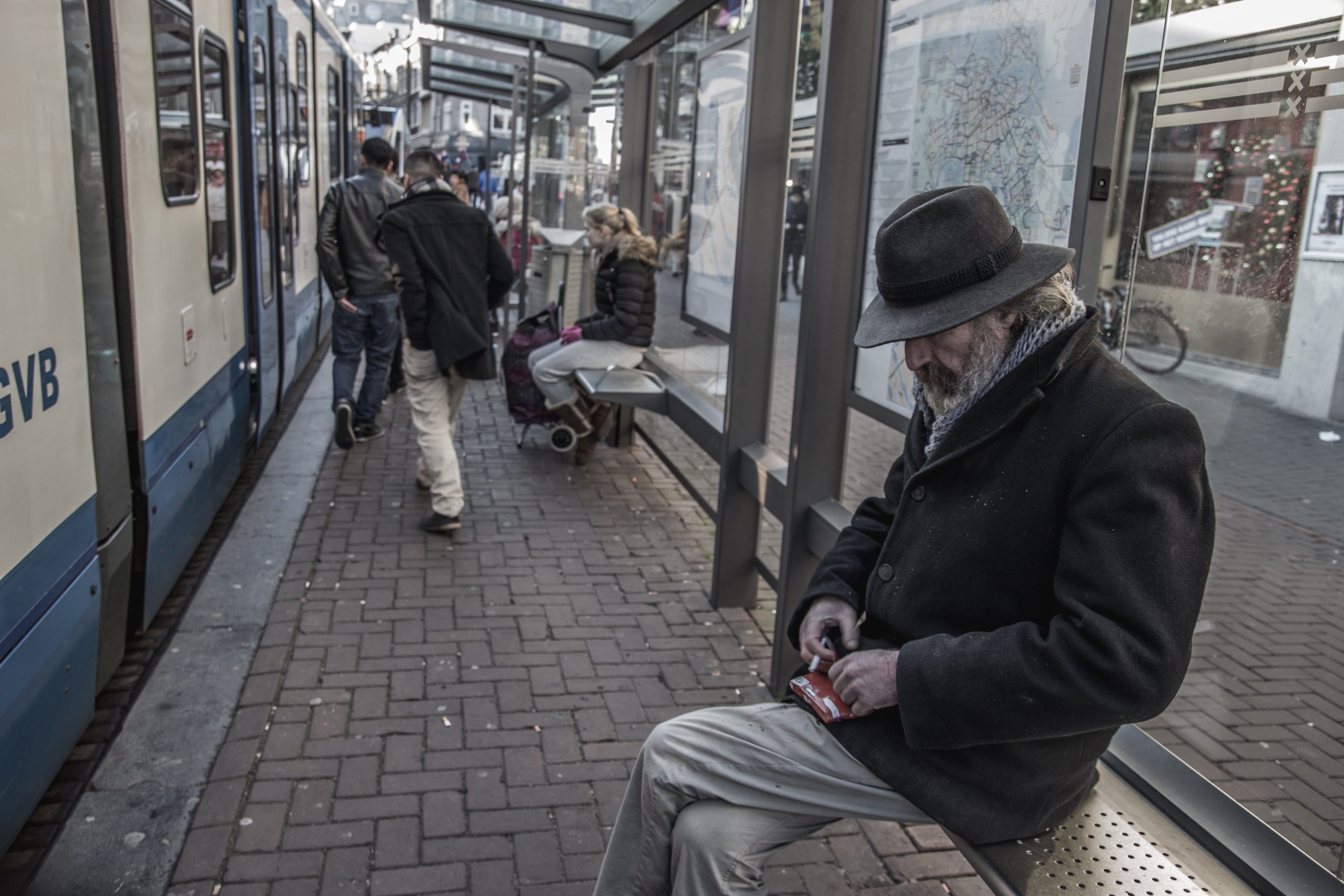Posted on March 23, 2016 by LocAdsAdmin No comments

Alternative
Any out-of-home ad that is not categorized as a billboard or considered transit media falls into the category of alternative. There are more than a few creative channels to reach audiences with your message in this catch-all but imaginative grouping and they are outlined in this section.
Aerial
You have mostly likely seen aerial banners in tow behind light aircraft while catching some rays (and vitamin D) at a beach, or you may have been at a sports venue or simply walking down the sidewalk in a bustling metropolis.
In addition to light aircraft, aerial advertising leverages blimps, hot-air balloons, drones, and flogos (floating logos made from lighter-than-air soap bubbles) to draw the attention of audiences to your message; this includes skywriting.
Specific studies reveal that mobile billboards carried by aircraft have a limited local exposure but a high consumer recall and retention rate. In other words, customers who see the ad tend to recall the message or product being displayed at a higher rate than with most other forms of advertising. However, the region where the advertisement is displayed is limited to the flight path of the aircraft.
Barn Advertising
Truly niche nowadays, barn ads are logos and/or messages that are hand-painted directly onto an exterior side of roadside barns making it borderline art in some cases.
Though out of vogue due primarily to the fact that roadside barns are few and far between in most areas of the United States, barn advertising offers a potentially unique and memorable landscape for a brand’s message.
Bicycles and Bicycle Racks
Public bike-sharing programs are municipally funded programs that are growing in popularity and popping up in metro areas across the US. Stations are placed at regular intervals throughout a city—usually located close to public transport hubs such as train, rail, and bus stations—and at central locations such as office and shopping areas, as well as near tourist attractions.
Messaging is placed on the bicycles themselves, as well as at stations, to reach riders and passing vehicular or pedestrian traffic.
Cinemas
Can you say “captive audience?”
Moviegoers are just that, and of their own free will. Demographically, they are also considered both educated and affluent people who, sitting in theatre, are not distracted by mobile devices or any other advertising media.
According to a study by Cineplex Entertainment LP, 42 percent of moviegoers with purchasing power showed a greater emotional attachment to film than to televised events or shows, magazines, or radio. In other words, people watching cinema-based ads are more emotionally engaged, focused, and better able to recall your brand’s message.
Additionally, cinema-based ads (i.e., ads on the big screen) can also be supplemented by out-of-home ads in theatre lobbies.
On the flip side, the costs to produce spots for cinema-placed ads may be prohibitive for businesses with smaller-sized marketing budgets.
Kiosks
Free-standing kiosks are large, backlit canvases (cylindrical or rectangular in shape) fixed on sidewalks in downtown metropolitan areas, as well as on college campuses, where high-density traffic—auto, bicycle, mass transit, foot—receives an eye-level view of your brand’s message.
Because they are often backlit, kiosks have the power to supply your brand’s message with dusk-to-dawn illumination.
Newsstands / News racks
Here, your message and/or creative is affixed to a permanent newsstand and/or news-rack structure. This channel is similar to a public-bench canvass because newsstands and news racks are usually located in areas of high pedestrian traffic in downtown urban areas, city parks, and college campuses.
Place-based
This media channel is useful because it offers you an opportunity to share your message with potential customers with a high-degree of relevance.
Place-based advertising is also appealing because there are many options for businesses of every size: shopping carts; valet parking tickets; commercial restrooms; dry-cleaning bags and hangers; mall kiosks; diaper-changing stations; campus laundry rooms; stadium and arena food carriers; canines (!); and in health clubs, spas, and salons. There is also room to show that you care about your community by taking part in the Adopt-a-Highway (or green space) program.
Projections
Projection media presents large—sometimes very large—displays either outside or inside commercial venues. Projection does not necessarily require a physical structure or a large-scale production other than the static artwork or video content; theoretically, any surface can accommodate projection media.
Ultimately, it is ideal for reaching large groups of people that congregate in entertainment or shopping areas.
The timing of your projection is important because you want to create the most economical CPM and/or cost per each impression. Therefore, research the times of the highest pedestrian traffic or schedule the time of your projection in concert with another publicized event.



Comments